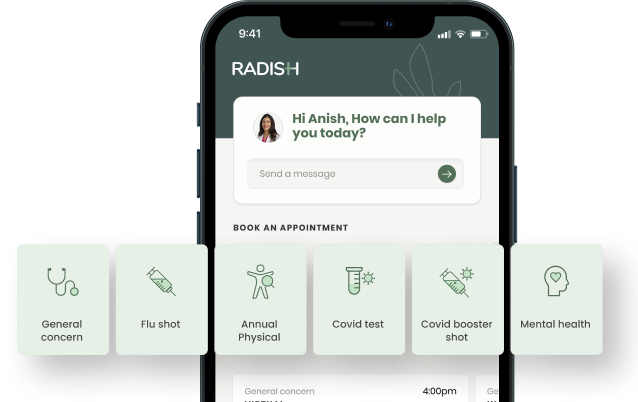Spring Forward With a Pep in Your Step

Stella Gandhi, MD
Every spring we set the clocks forward, losing an hour of sleep in the process but gaining an hour of sunlight each day afterwards. Let’s review the positive and negative health effects of this yearly change and what we can do to make the transition easier!

As we approach the start of Daylight Saving Time (DST), it is important to consider the potential health effects that this time change can have on our bodies. DST is the practice of setting the clock forward by one hour during the spring and setting it back by one hour in the fall. This time shift can disrupt our circadian rhythm and lead to both positive and negative health effects.
What are the positive effects?
One of the positive effects is that DST can help us get more exposure to natural light! With the longer days, we tend to spend more time outside, which can boost mood and vitamin D levels. Exposure to natural light is also linked to better sleep quality, which can have a positive impact on overall health, including mental health.
How about the negative effects?
The shift, especially when we lose an hour in the spring, can disrupt our sleep patterns leading to feelings of fatigue and difficulty concentrating. This also causes a shift in the body’s natural rhythm, which can lead to feelings of depression and anxiety. Studies have shown DST can even increase the risk of heart attacks and strokes by increasing stress hormone production which can have a significant impact on cardiovascular health.
How can I get ready for success going into the time change?
There are many things you can do to help make the switch easier and mitigate some of the potential negative effects:
- Adjust your sleep schedule gradually. In the days leading up to the time change, try to shift your sleep schedule by 15-30 minutes each night. This can help your body adjust more smoothly to the new time.
- Create a sleep-friendly environment. Make sure your bedroom is cool, dark, and quiet. Avoid using electronics before bedtime, as the blue light can interfere with your body’s natural sleep process.
- Stick to a regular sleep schedule. Try to go to bed and wake up at the same time each day, even on the weekends. This can help regulate your body’s natural sleep-wake cycle and make it easier to adjust.
- Be mindful of caffeine and alcohol intake. Both caffeine and alcohol can disrupt sleep, so try to limit your consumption in the days prior to and following the time change.
- Get outside! Exposure to natural light can help regulate your circadian rhythm, so try to spend time outside during the day. Even a short walk during your lunch break can make a difference.
By following these tips, you can help mitigate the negative effects of Daylight Saving Time and promote better sleep and overall health. At Radish Health, we are committed to helping our patients achieve optimal health, even during times of change and disruption.
If you are expecting difficulties with the transition, or if you have sleep concerns in general, please feel free to make an appointment with your Radish doctor to discuss further!
Request a Free Demo
Learn how Radish Health can help you improve employee health and save on healthcare.
Request a Demo